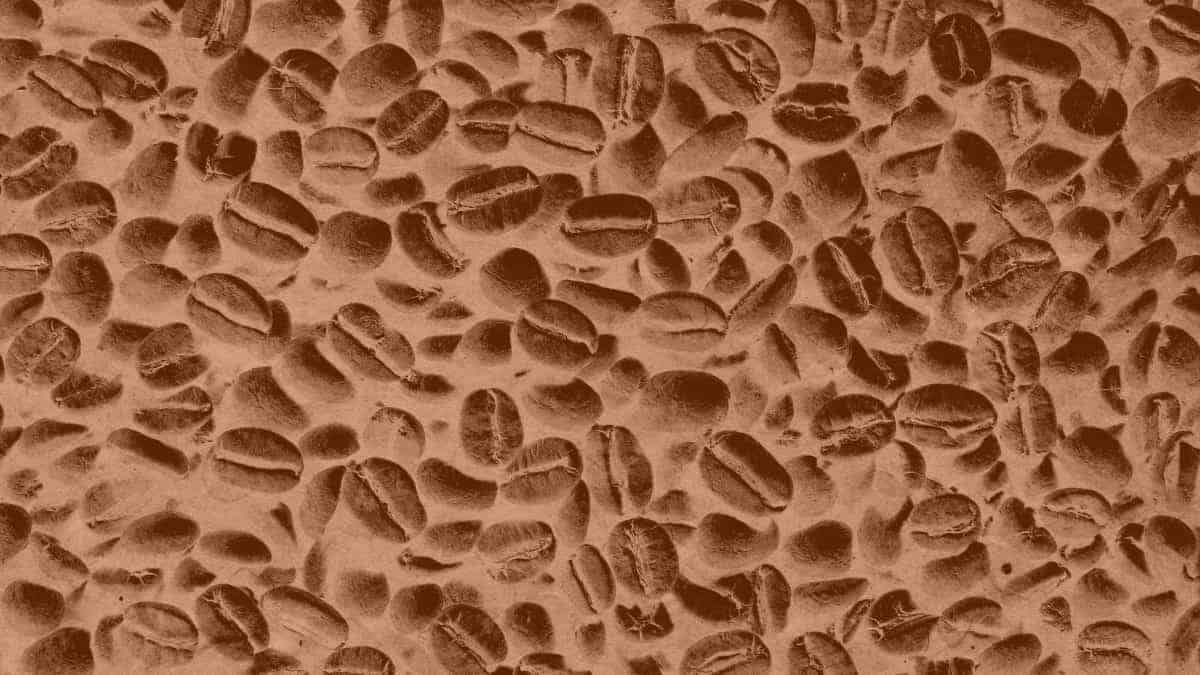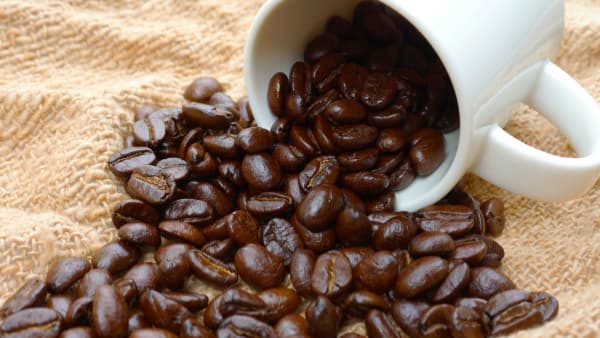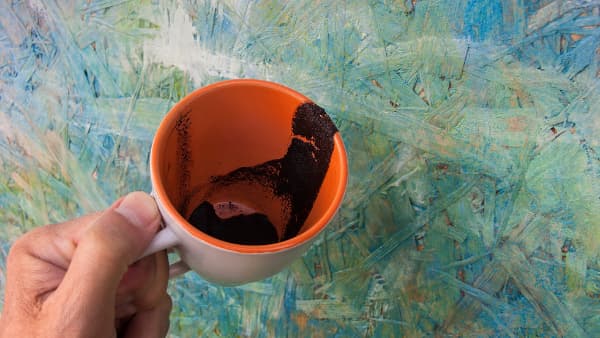Why Does My Coffee Taste Burnt?
I’ve managed several specialty coffee shops, so I know a thing or two about fresh java. But if you’re new to making coffee, that bold mouthfeel might be extra smoky.
Tired of asking yourself why does my coffee taste burnt? Diagnosing bitter coffee is difficult – even for an experienced coffee drinker.
Don’t give up yet! In this article, I’ll explain how roasting, brew temperature, hot plates, and grind size can make your coffee taste burnt.

Why Coffee Tastes Burnt
It’s Over Roasted
There are a few reasons why your coffee might taste like it has been burnt. The simplest one? Burnt coffee sometimes comes from beans that have literally been burnt.
The roasting process uses high temperatures to develop the delicious flavors and aromas of coffee beans.
But a bad roast can quickly lead to bad coffee. Under-roasted beans can create weak, grassy brews. And over-roasted beans can make coffee taste burnt.
A balanced medium roast is the safest option. I’d recommend medium-roasted beans from Central America. These beans typically lack any burnt or bitter coffee tastes.
Does this mean you have to trash that dark roast blend? Nope. There are definitely some amazing dark roast coffees that deliver rich chocolatey notes without the burnt taste.
But if you want to avoid any possibility of burnt-tasting coffee, try out some lighter roasts.
New to light roasts? Try a bag of single-origin East African beans. African coffees tend to have more acidic and fruitier flavor profiles than other origins, so they tend to make excellent light roasts.
An inconsistent roast can cause some of that bitter taste as well. If some beans are under-roasted while others are over-roasted, you’re not going to get an even extraction.
And as I’ll explain in a later section, over-extracted coffee grounds can taste burnt.
The best way to avoid over-roasted coffees is to purchase beans from a reputable roaster. Skilled roasters adjust the roast temperature by considering bean origin, varietal, and processing method.

Brew Temperature Is Too High
Even if you use perfectly roasted coffee beans, you might be getting a burnt coffee taste because your brew temperature is too high.
Coffee requires a specific water temperature during the brewing process. In general, the brew temperature should be between 195-205 F.
Each brew method has an ideal temperature for brewing the best cup of coffee. Fortunately, pour over and immersion brew methods let you control the water temperature. It’s not so easy with an automatic coffee machine.
A drip coffee maker can heat water to temperatures above 200 F during the brewing process. This is on the higher end of what you want your grounds to be brewed at, so it isn’t exactly ideal.
With french press, the ideal brew temperature is around 190-195 F. This allows the coffee to bloom properly. And the grounds release any burnt flavor gasses.
The average pour over is best when the water is at 200 F. Again, this temperature aids the coffee bloom. It showcases the sweet sugars the beans have naturally produced.
When you add elevation to the mix, things change. At higher elevations, water’s boiling point is lower due to the difference in atmospheric pressure.
If you are at elevation, you might be over-boiling the water which would over-extract the grounds. Try lowering the temperature to get rid of that burnt coffee flavor.
Water at the correct temperature will extract the natural fats, sugars, and oils in the coffee… and avoid that nasty burnt taste.
Coffee is produced from a fruit after all. If you overcook fruit it gets burnt. Same thing with brewing your coffee at too high a temperature.
Water temperature isn’t the only thing to consider. Grounds expand and contract depending on the surrounding temperature. Changing the grind size unintentionally increases the risk of extracting a burnt coffee taste. So keep those grounds at room temperature.

You Left the Hotplate On
If you use an old-school Mr. Coffee machine to brew your filter coffee, beware the hotplate.
Most automatic coffee machines have built-in hot plates to help keep the brew warm. But if you leave the pot on the hot plate, you’ll quickly have overheated coffee.
Coffee makers with built-in hot plates are fantastic for people who want hot coffee and don’t really mind burnt flavors.
Don’t get me wrong. I have nothing against automatic coffee makers. But leaving the morning’s pot of joe on the hot plate can easily result in burnt-tasting coffee. (You’ll also likely have stale coffee by the afternoon.)
If you don’t want your brew to taste burnt, you don’t have to resign yourself to room-temperature coffee.
Instead, store your brew in a thermal carafe. Not only will a thermos retain heat, but this airtight container will also reduce the risk of stale coffee.
You’re Using the Wrong Grind
Still asking yourself why does my coffee taste burnt? You might be using the wrong grind.
Grind size directly impacts extraction time. If your grinds are too fine, you might end up with an over-extracted cup of coffee. And over-extracted joe often has a burnt flavor.
Imagine how water might move through a cup of rocks versus a cup of sand.
The space between rocks is greater than the space between grains of sand. So water flows more easily, taking a shorter amount of time to reach the bottom of the cup.
Grains of sand are more compact. So it takes the water longer to reach its final destination.
Coarse coffee grounds are like rocks. Fine grounds are like sand.
If the grind is too coarse, the water moves through the coffee too quickly. This under-extracted brew will have a watery and grassy taste
But if the grind is too fine, your coffee might become over-extracted. And an over-extracted cup of coffee can have a burnt, bitter, and altogether unpleasant aftertaste.
To remedy these bitter tastes, start your process with whole beans instead of pre-ground coffee. Then use a coffee grinder to grind those beans to fit your brewing method.
Medium grind is the standard for pre-ground beans. But this grind size can be too fine for immersion brewing methods like french press or cold brew.
If you don’t have access to a grinder, grab a bag of fresh beans from your local coffee shop. Then ask them to grind the coffee beans to fit your brew method.
Sometimes you can’t resist the convenience of pre-ground beans. I get it, good coffee shouldn’t be a chore.
But if you’re cutting corners, play it safe. Brew pre-ground beans using a standard drip coffee machine to avoid burnt flavors.

